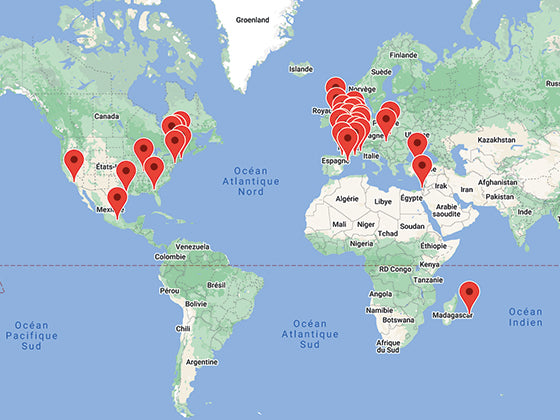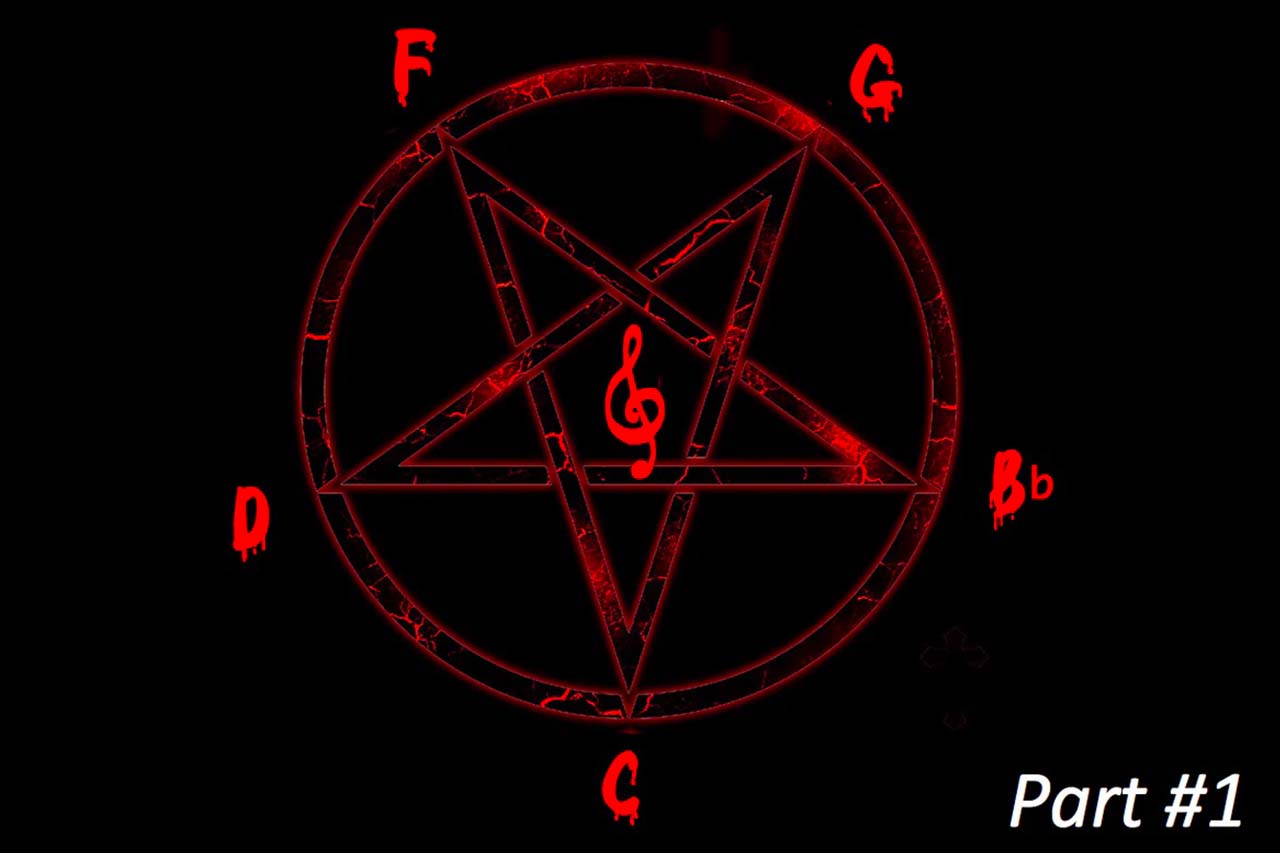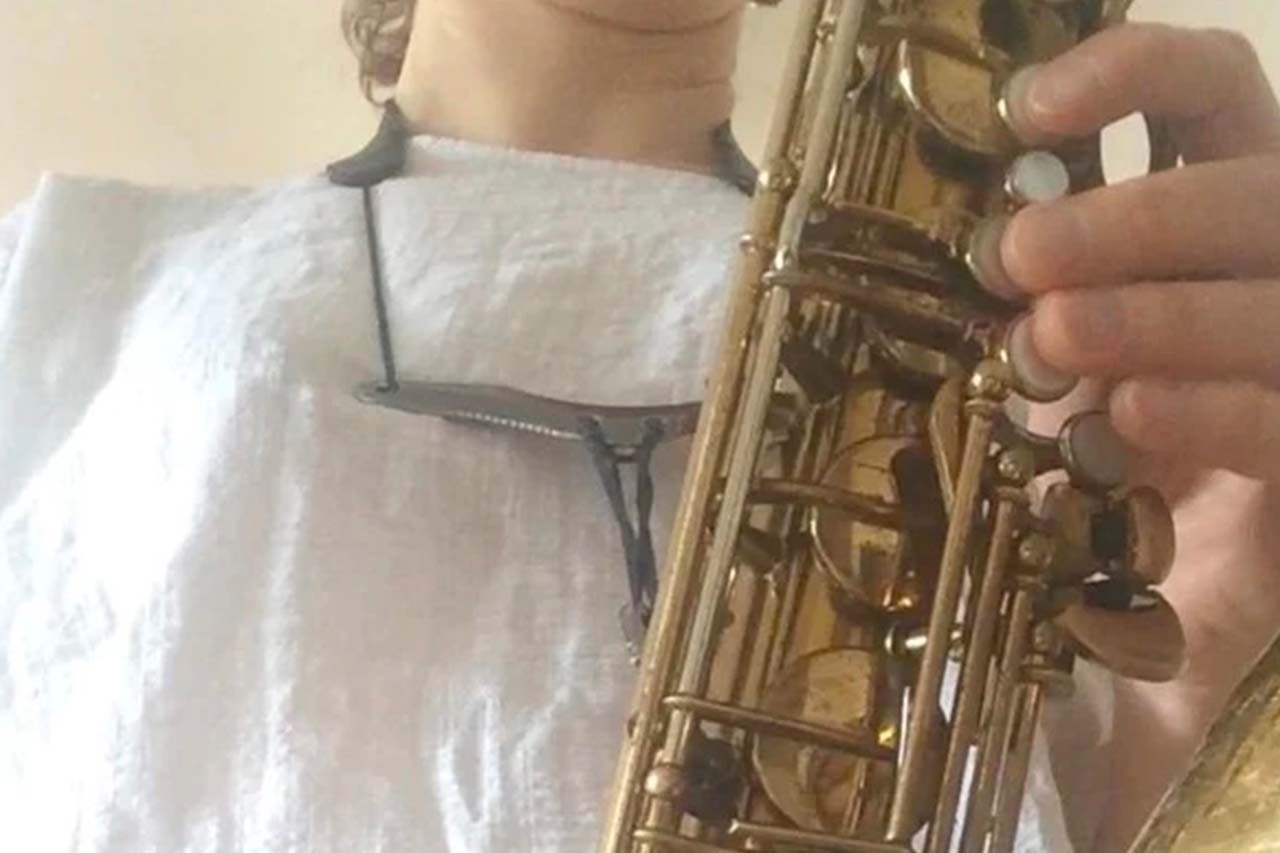This article focuses on the use of pentatonic scales in jazz. There will be a little bit of theory and then how I personally use them in improvisation.
How to easily build a pentatonic scale
A "pentatonic scale" is a set of 5 notes which belong to a conventionnal scale (for example, C major scale). There are several kinds of pentatonic scales, however I'm only going to be focusing on the pentatonic major scale here.
Example :

To build this scale, you have to take the major scale, and remove the fourth and seventh. C pentatonic major scale is therefore made up of the tonic, the second (or ninth), the third, the fifth and the sixth (or thirteenth) of the C major scale. We could say that the C pentatonic major scale is included in the C major scale.

In this article, I will use "C pentatonic" (or C penta) to refer to the C pentatonic major scale.
The relationship between pentatonic scales and major scales
C penta is included in the C Major scale, but there are also two other major scales which feature C penta:
- F Major scale

C penta is here made up (in order) of the fifth, the sixth (or thirteenth), the major seventh, the second (or ninth) and the third of F major scale. C penta begins on the Vth degree of the scale (C is a fifth above F)
- G Major scale

C penta is here made up of the fourth, the fifth, the sixth (or thirteenth), the tonic and the second (or ninth) of the G major scale. C penta begins on the IVth degree of the scale (C is a fourth above G)
Over which chords can we use the C pentatonic scale?
Among these three scales, C penta is most interesting when combined with the F Major scale. In F major tonality, the dominant chord is C7 and subdominant chord is Gm7. C penta doesn't contain an F nor a B so it will be very effective on C7 (especially since there is an E, the third of C7).
From this, we can set a generic rule for pentatonic scales:
When using a major scale, you can improvise with the notes from the pentatonic major scale which begins on the fifth of this scale.
- F Major scale => C penta
- B Major scale => F# penta
- D major scale => A penta
- etc....
Applying the use of pentatonic scales in jazz improvisation
Pentatonic scales are very useful in jazz standards which are full of II-V-Is in a defined tonality. The pentatonic scale beginning on the Vth degree of this tonality can be used throughout the chord progression.
For example, let's take the first four bars of "Autumn Leaves" (I took the score written for a Bb instrument like tenor or soprano sax).

The tune begins in C major, with a very clear II-V-I: Dm - G7 - Cmaj. We are in C major and the three chords belong to the key of C major scale. The most appropriate pentatonic scale to use here is therefore the one built upon the Vth degree of C major: G pentatonic scale.

These notes work very well on each of the three chords. If you're not familiar with the use of this pentatonic scale, try to play it in this context: over sustained chords on a piano, using aebersold play-along / i-real pro, or with other musicians.
Beyond the II-V-I ?
We have made the connection between G penta and C major scale, between C penta and F major scale... In the previous example we saw that it works perfectly on a II-V-I. Why? Because the three chords in a II-V-I belong to the key of the associated major scale.
Small modal analysis
If you're familiar with modes, the II chord corresponds to the Dorian mode, the V chord corresponds to the Mixolydian mode, and the I chord corresponds to the Ionian mode. Those three modes are derived from the natural major scale.
For any chord derived from the natural major scale harmony, we can improvise on the pentatonic scale beginning on the Vth degree of this associated major scale.
Let's take another look at our example Autumn Leaves: the fourth chords is an F major chord, but it is not a tonic chord. It's the IVth degree of C major (we're still in C major), it's a Lydian chord (it could be written F Major #11). The Lydian is the fourth mode of the natural major scale. F lydian is the 4th mode of C major scale, and our relative pentatonic scale is G penta. Note that G pentatonic includes a B, which will be perfect to emphasize the F Lydian color.

And this is valid for all chords that are derived from natural major scale harmony. Let's have a look at this with the following two chords from Autumn Leaves:

The first chord is a B half-diminished chord. It is associated with the Locrian mode, the VIIth mode of the natural major scale. For B locrian, the associated major scale is still C major scale (B is the 7th note of C major scale). The G pentatonic still works!
The following chord is an E dominant 7th chord. On a dominant chord there are several possibilities, the classical one is to play Mixolydian. It's the Vth degree of A major scale, so we can play the pentatonic of the Vth degree of A major, so E pentatonic scale. WARNING! It works only if we choose not to play an altered dominant chord.
Which pentatonic scale could we use on the last chord, A minor? You can share your ideas in the comments section, I will be happy to discuss that with you!
And on more complex chords?
We'll take a look at more complex uses of pentatonic scales in the next article, particularly on chords derived from melodic minor scales (including the famous altered dominant chords).













